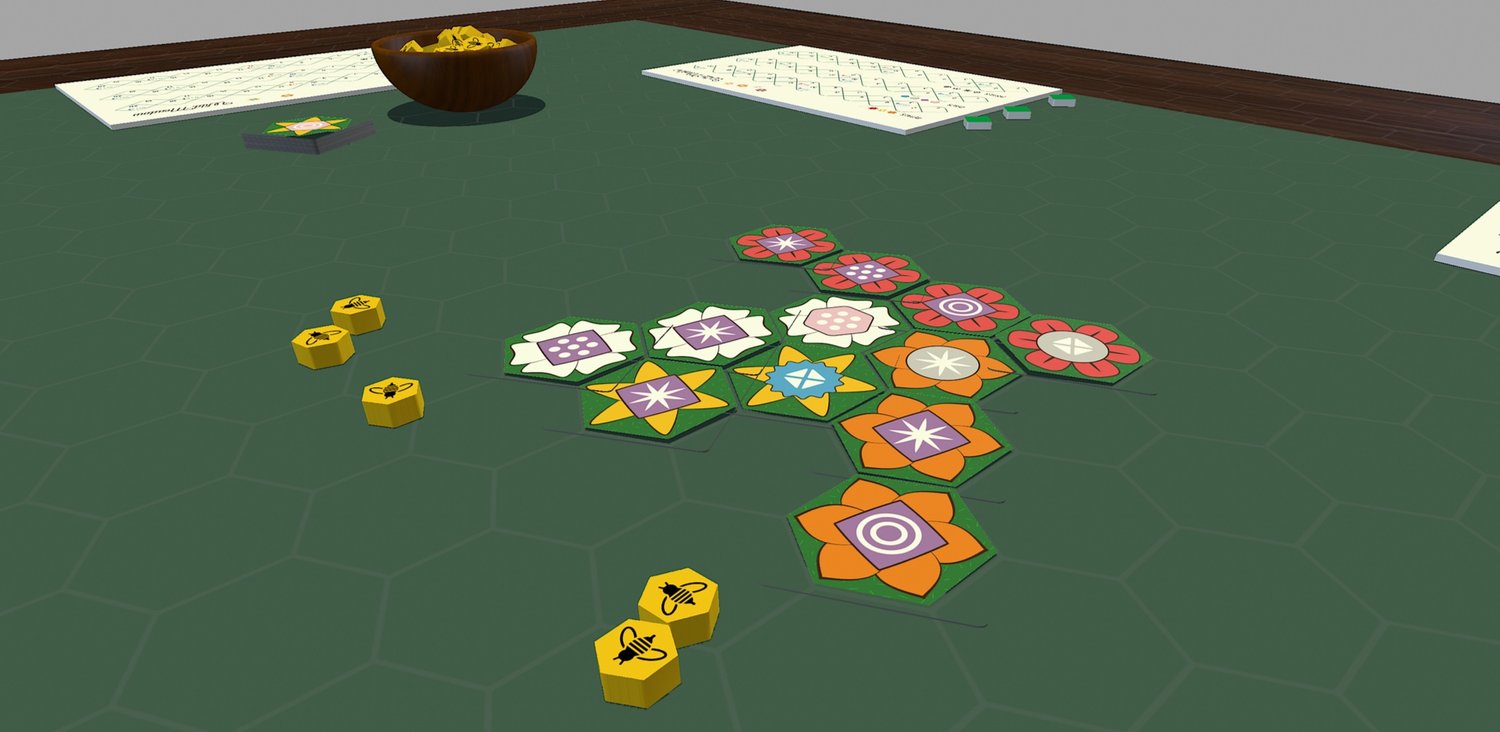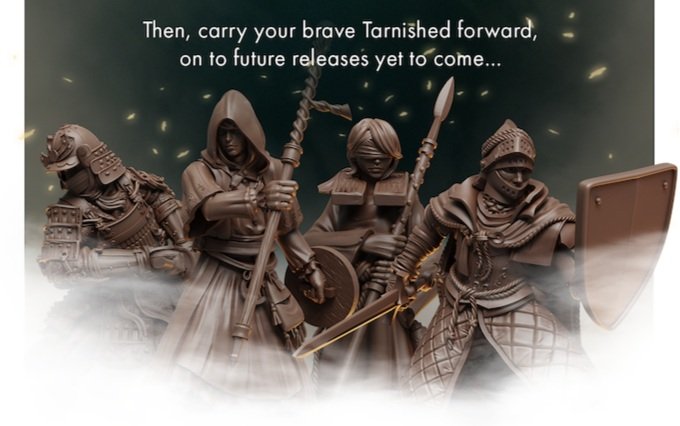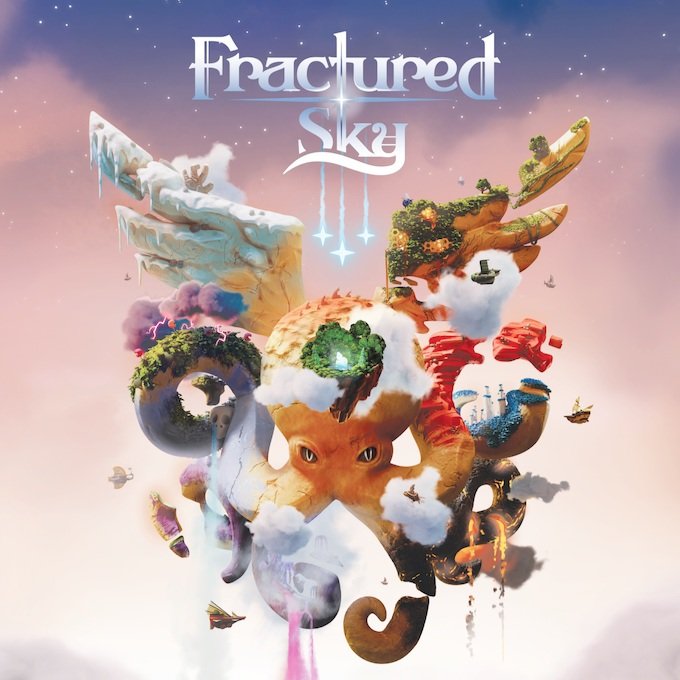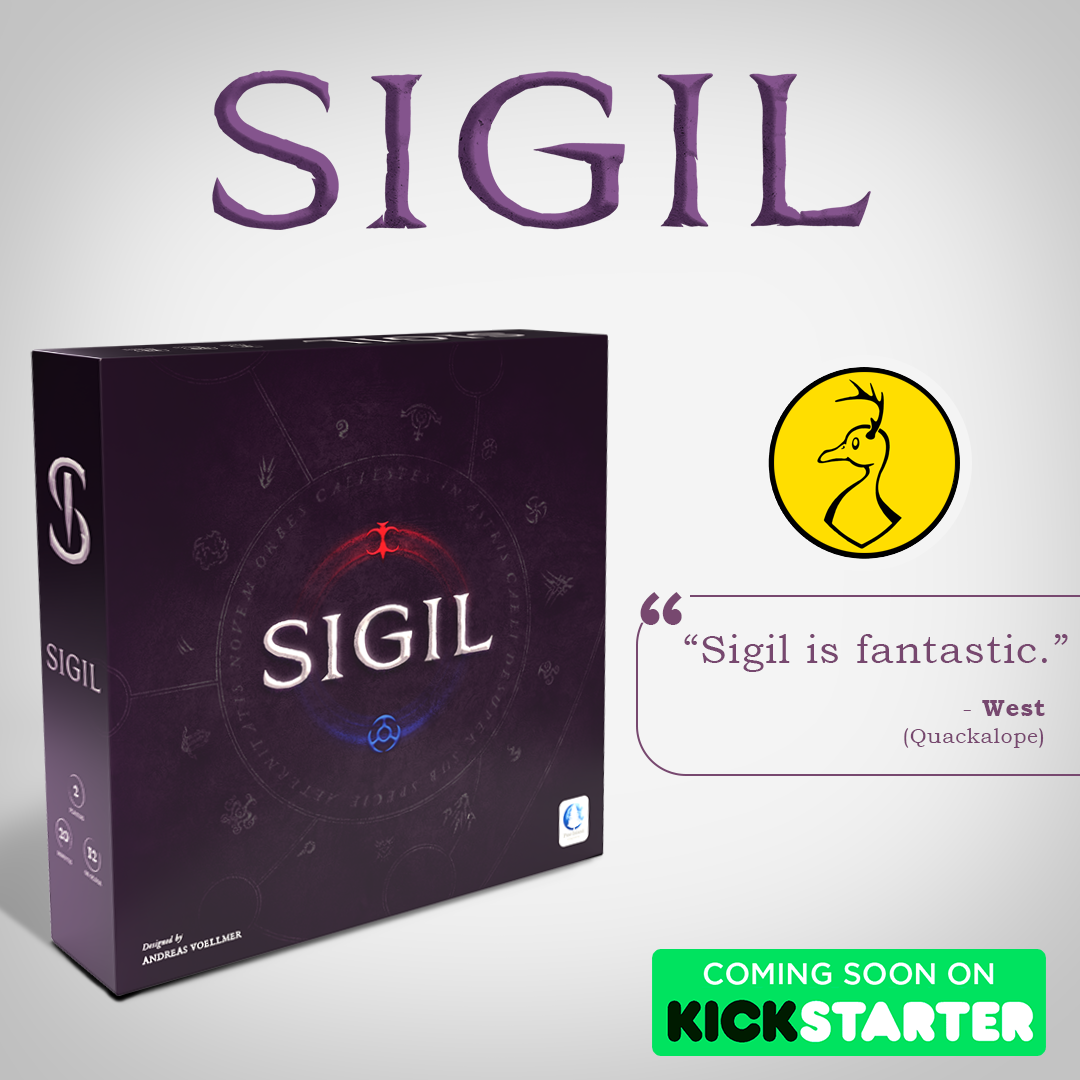
We reach out to those games’ designers and arrange a playtest. These playtests are usually with the designer on TTS, although I have been sent physical prototypes to test on our own.
Pine Island Playtesters
A relatively new addition to our community is our Pine Island Playtesters. These are insiders from the mailing list, discord, or Kickstarter who’ve expressed an interest in being more involved with the company.
We loop in our playtesters for the handful of games that we are seriously considering signing.
We usually have specific questions for our playtesters about game mechanisms, and how they view the game versus other games in the genre.
There is still room for improvement in our process. But, it’s come a long way, and it couldn’t be what it is, and we wouldn’t have the opportunities we have, without this amazing community.
If you’d like to be Pine Island Playtester and get a front row seat as we look at games to license, shoot me an email at jasper@pineislandgames.com.















